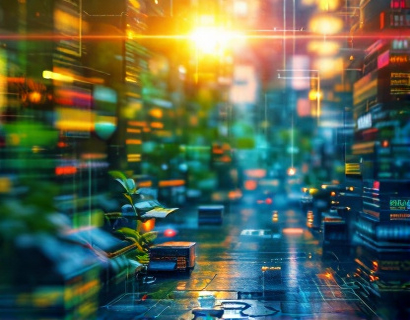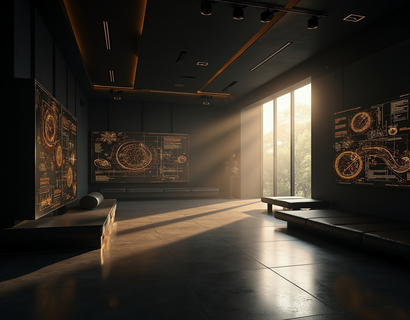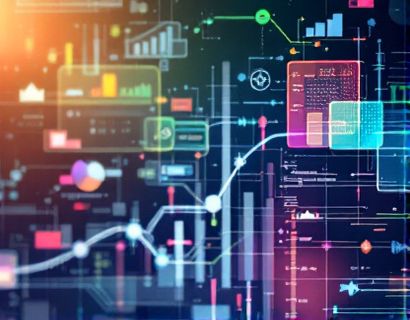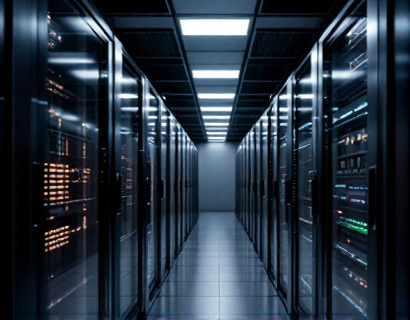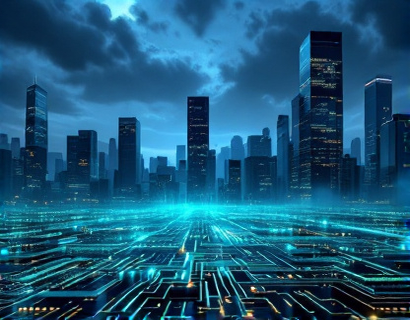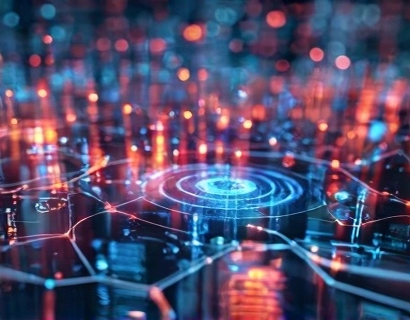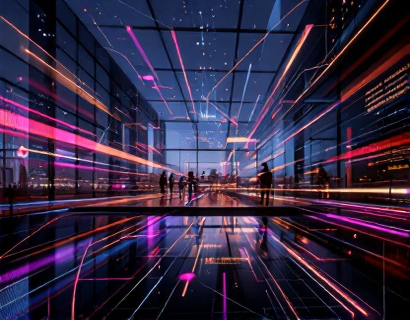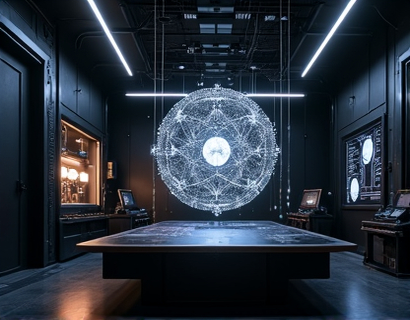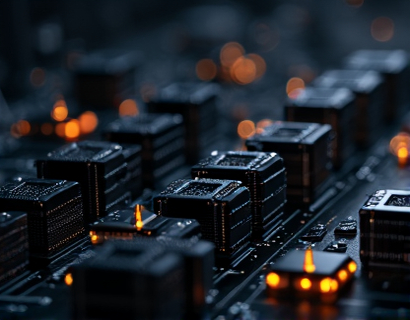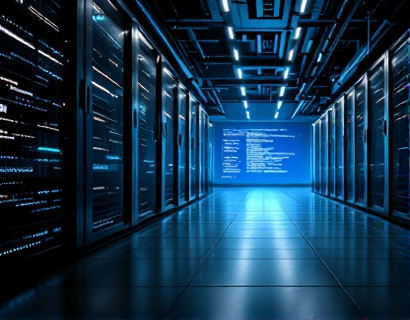Maximize Your Indoor Garden: Advanced Tech for Optimal Solarium Ecosystems
In the quest for a thriving indoor garden, the integration of advanced technology plays a pivotal role in transforming light, climate, and automation into a symbiotic ecosystem that ensures optimal plant growth and sustainability. This article delves into the cutting-edge solutions that can elevate your indoor gardening experience, creating a high-tech garden oasis where technology and nature seamlessly converge. By leveraging innovative technologies, gardeners can tailor their environments to meet the specific needs of their plants, resulting in unparalleled growth and sustainability.
Optimizing Light for Plant Growth
Light is one of the most critical factors in plant growth, and indoor gardens often face the challenge of providing adequate and appropriate lighting. Advanced LED grow lights have revolutionized the way we illuminate indoor gardens. These lights are energy-efficient, produce minimal heat, and can be tailored to emit specific wavelengths that are most beneficial for different stages of plant development. For instance, blue spectrum lights are ideal for vegetative growth, promoting strong stems and leaves, while red spectrum lights are better suited for flowering and fruiting stages, enhancing bloom size and yield.
Smart lighting systems take this a step further by incorporating sensors and automation. These systems can adjust light intensity and spectrum based on the time of day, plant type, and growth stage, ensuring that plants receive the exact light conditions they need at any given moment. Some systems even allow for remote control via smartphone apps, giving gardeners the flexibility to manage their indoor gardens from anywhere.
Climate Control for Ideal Growing Conditions
Maintaining the right climate within an indoor garden is equally crucial. Temperature, humidity, and air circulation all play significant roles in plant health and growth. Advanced climate control systems use a combination of sensors, actuators, and smart algorithms to create and maintain optimal conditions.
Temperature control is achieved through precise heating and cooling mechanisms. Thermostats and temperature sensors ensure that the environment remains within the ideal range for the specific plants being grown. For example, tropical plants may require warmer temperatures, while some herbs and leafy greens thrive in cooler conditions.
Humidity control is another essential aspect. High humidity can lead to fungal diseases, while low humidity can cause plants to dry out. Advanced systems use humidifiers and dehumidifiers, controlled by humidity sensors, to maintain the perfect balance. Some systems also incorporate misting technologies that release fine water droplets to increase humidity without creating excess moisture.
Air circulation is vital for preventing disease and ensuring even light distribution. Fans and air circulators, controlled by smart systems, create a gentle breeze that mimics natural outdoor conditions. This not only helps in temperature regulation but also promotes robust plant growth by preventing stagnant air pockets.
Automation and Smart Systems
Automation is the backbone of a modern indoor garden, streamlining processes and reducing the need for manual intervention. Smart controllers can integrate various systems, including lighting, climate control, and irrigation, into a single, user-friendly interface. These controllers use pre-set schedules or adaptive algorithms to optimize conditions based on real-time data.
One of the most advanced features is the use of machine learning algorithms that analyze plant responses and adjust settings accordingly. For example, if a system detects that a particular plant species is not thriving despite optimal conditions, it can automatically tweak the light spectrum or humidity levels to better suit the plant's needs.
Remote monitoring and control via IoT (Internet of Things) devices allow gardeners to oversee their indoor gardens from anywhere. Smartphone apps provide real-time data on environmental conditions, system status, and plant health, enabling timely interventions when necessary. This level of connectivity ensures that your indoor garden remains healthy and productive, even when you're not physically present.
Hydroponic and Aeroponic Systems
Advanced hydroponic and aeroponic systems represent a significant leap forward in indoor gardening technology. These soilless cultivation methods offer numerous advantages over traditional soil-based gardening, including faster growth rates, higher yields, and more efficient use of resources.
Hydroponic systems involve growing plants in a nutrient-rich water solution rather than soil. This method allows for precise control over nutrient delivery, ensuring that plants receive exactly what they need for optimal growth. Nutrient Film Technique (NFT) and Deep Water Culture (DWC) are popular hydroponic methods that can be automated to maintain ideal nutrient levels and flow rates.
Aeroponic systems take this a step further by suspending plant roots in the air and misting them with a nutrient solution. This method provides even greater control over nutrient delivery and oxygenation, leading to exceptionally healthy root systems and rapid plant growth. Automated aeroponic systems can adjust misting frequency and duration based on real-time data, ensuring that roots never dry out or become waterlogged.
Sustainability and Resource Efficiency
One of the most compelling reasons to adopt advanced indoor gardening technologies is the significant improvement in sustainability and resource efficiency. Traditional gardening methods often waste water, nutrients, and energy, but modern indoor gardens are designed to minimize these resources.
Water recirculation systems in hydroponics and aeroponics reuse up to 90% of the water, drastically reducing consumption compared to soil-based gardening. Nutrient solutions can also be recycled and adjusted, ensuring that no nutrients go to waste. Additionally, LED grow lights consume far less energy and have a longer lifespan than traditional lighting, further reducing the environmental footprint.
Advanced systems often incorporate renewable energy sources, such as solar panels, to power their operations. This not only reduces energy costs but also minimizes the carbon footprint of the indoor garden. By integrating these sustainable practices, gardeners can enjoy a productive and eco-friendly growing environment.
Customizable Solutions for Unique Needs
Every indoor garden is unique, with different plants requiring specific conditions for optimal growth. Advanced technology allows for highly customizable setups that can be tailored to meet these individual needs. Whether you're growing rare orchids, exotic fruits, or medicinal herbs, there is a solution to create the perfect environment.
Customizable LED lighting panels can be configured to emit the exact spectrum and intensity required for specific plant species. Climate control systems can be programmed to simulate the ideal temperature and humidity ranges for any given plant type. Automation systems can be customized with specific schedules and parameters to ensure that each plant receives the care it needs.
For larger indoor gardens or commercial operations, modular systems offer flexibility and scalability. These systems can be expanded or reconfigured as needed, allowing gardeners to adapt to changing plant requirements or expand their operations without significant investment.
Conclusion
Advanced technology has transformed indoor gardening, offering gardeners unprecedented control and precision in creating optimal growing conditions. By leveraging innovative solutions in lighting, climate control, automation, and soilless cultivation, you can maximize the potential of your indoor garden, achieving unparalleled growth and sustainability.
Embracing these technologies not only enhances the productivity and health of your plants but also aligns with sustainable practices, making your indoor garden a model of efficiency and environmental responsibility. Whether you're a hobbyist or a professional, the future of indoor gardening is bright, and with the right advanced technologies, you can create a thriving ecosystem right in your own space.




